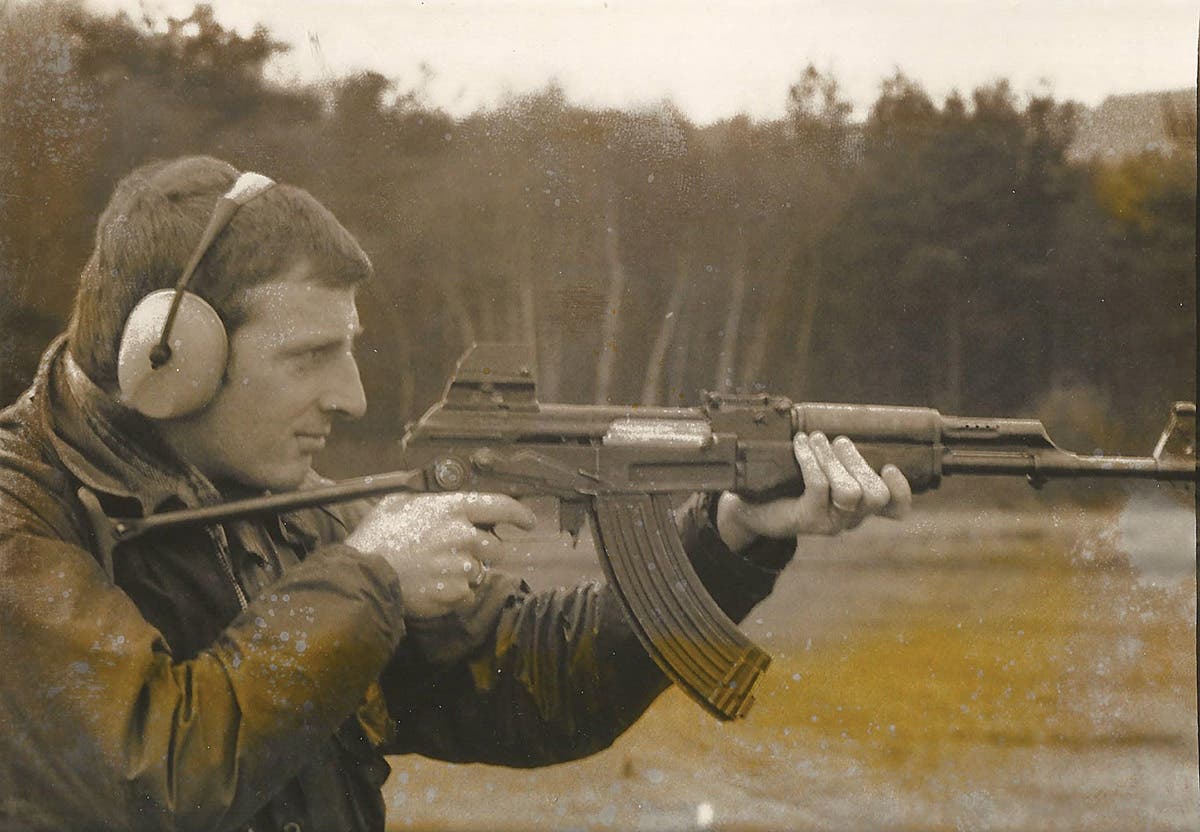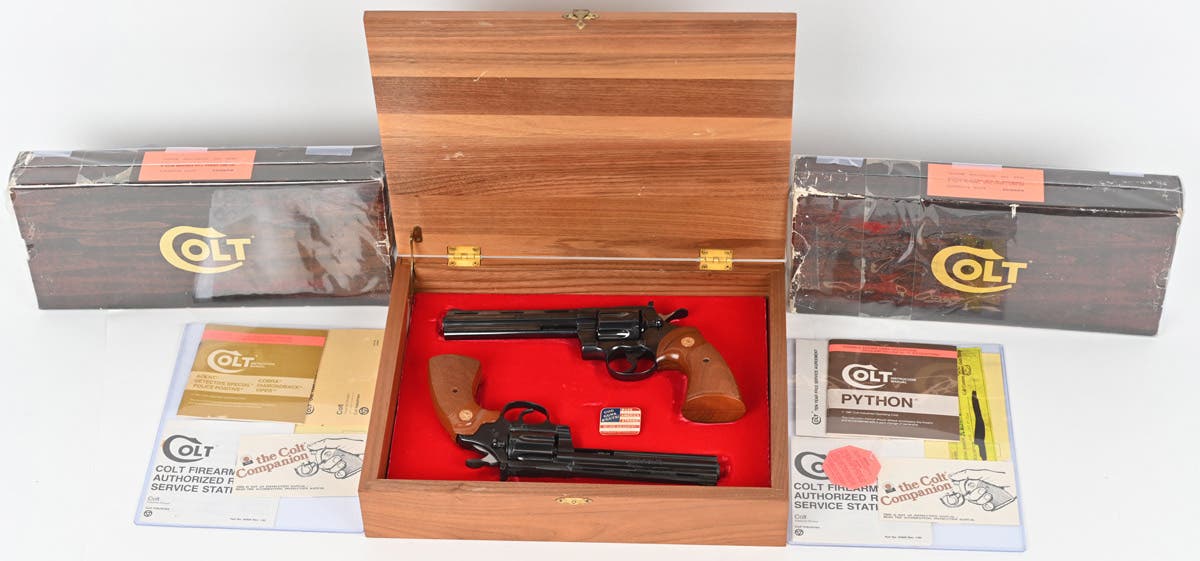Built on lies brought about ultimate demise
Propaganda drove the Nazi regime right to collapse.
As a covert agent of the post-WWI German military, Adolf Hitler was ordered to report on an obscure right-wing political group that he would later join, and shape into the most powerful European dictatorship of 20th century. Due to Hitler’s persuasive oratory gifts and by using of a very effective political weapon — mass media- driven propaganda campaigns, the “Nationalsozialistische deutsche Arbeiterpartei” (NSDAP — Nazi Party) grew at an exponential rate.
Once he had overthrown the fragile Weimar Republic, Hitler strove to keep the wheels of his regime moving smoothly by controlling all instruments of communication with the people. These media tools would keep the public perceptions of the unfolding events under his tight control, through a constant bombardment of publicity demonstrating only the positive aspects of the new Reich.
Hitler’s anti-Semitic, anti-Communistic, anti-Democratic, anti-Capitalistic, and unbending racial programs were continuously fed to the German people through a variety of media channels. The concept of a Volksgemeinschaft (people’s community) with no class distinction and the welfare of the Volk (people) over one’s own self were main topics.
As early as 1928, Hitler had appointed a chief of propaganda: Dr. Joseph Goebbels, the hard-fought Nazi Gauleiter (political leader) who had wretched Berlin from its communist strangle-hold. A charismatic intellectual and effective speaker, Goebbels, took the approach that the party could either beat their opponents into submission (which was often done out of sight),or win them over to the National Socialist cause through constant public persuasion. This second way was more preferable, as it helped retain the positive image of the Nazis as far as the average citizens and outsiders were concerned.
After Hitler’s regime took power in 1933, Goebbels received the official title of chief of the Reichsministerium für Volksaufklärung und Propaganda (RMVP — Reich Ministry of Public Enlightenment and Propaganda). Once in control, he set about creating a structure that governed all organizations of the mass media and cultural workers (media personnel, performance and fine artisans) within Germany and her soon-to-be subjugated lands.
His administration would eventually grow to a massive agency with more than 2,000 employees and an annual budget of 187 million Reichsmark (approximately $1.4 billion today). It would promote and advertise Aryan businesses, culture, and state values, both within and outside of the Reich’s borders.
The images of the new “messiah” — Hitler — and the ever-present party Hakenkreuz (swastika) were soon seen in literature and film and on buildings, postage stamps, and any other available public space. The old associations of free-thinking professionals in newspapers, radio, art, theatre, music, and literature were abolished. Instead, new adherents were regulated closely by an administrative body intent on controlling the thoughts and actions of each member of the German Reich.
Every day, the propaganda department would pronounce the acceptable news, directives, slogans, and rules that would filter down to each of the Nazi-controlled media outlets. Many of the National Socialist groups, such as the Hitler Youth, Frauenschaft (women’s organization), Schutzstaffel (SS – Hitler’s black knights), and others had their own magazines and journals which were firmly controlled.
The film industry, one of Goebbels’ favorites, spent lavish amounts of money on propaganda films such as “Triumph of the Will” ( a glamorized view of the 1934 Nuremberg Rally), or “The Eternal Jew” (a film attempting to add credibility to the Nazi’s persecutions and murders of the “final solution”).
With newspapers being the main mode of communication, many periodicals were closed down as Nazi-approved sources took their places. Papers such as the Völkischer Beobachter” (Peoples’ Observer) emitted a liturgy of praise for Hitler and his regime, while spewing hatred for anyone standing against it.
Untermenschen (non-Aryans or those deemed unfit), such as the communists, gypsies, freemasons, and especially, the Jews, were seen as not worthy of being part of the national community, and were to be eliminated from the homeland.
Images of German peasants working in the fields, Teutonic warriors defending the Reich, and the dutiful wives raising large broods of Aryan children were glorified as being those optimal positions in the community for the young. At all costs, the German people were to strive for Lebensraum (acquiring more land to feed themselves while expelling the current unworthy inhabitants).
Hitler’s massive arms buildup and military training were seen by the public as a means of keeping peace under the threat of communism encroaching from the East, and the dangers from within. When the war began in 1939, victory after victory were portrayed in the films, papers and periodicals, such as the Wehr- macht-produced, Signal magazine. On the other hand, military losses were minimized or not reported at all.
Propaganda postcards were produced that glorified service men who had won the coveted Knights Cross of the Iron Cross, or had reached other high honors in battle. The homefront workers were also lionized as sacrificing for the glories of the Reich.
A CEREMONY OF PROPAGANDA
Some of the most meaningful propaganda feats were carried out during the thousands of public gatherings and events that took place during and after Hitler’s ascent to power. The largest of these was the annual party congress that happened each year in the Nazi stronghold of Nuremberg.
The five to six-day long rally was orchestrated to demonstrate the strengths of the regime through massive military and paramilitary demonstrations, along with other propagandized events meant to mesmerize the masses and lead them deeper into the National Socialist community.
THE ART OF PROPAGANDA
During the “Years of Struggle” (1920 to 1933), one of Hitler’s earlier followers and chief ideological priests was Alfred Rosenberg. In 1929, he had developed the Kampfbund für deutsche Kultur (KfdK — Fighting Alliance for German Culture), a group formed to influence the artists in the movement and promote his philosophy of the Nazis’ Weltanschauung” (world view). In 1934, this group was combined with the Reichsbund Deutsche Bühne (an existing theatre association) to become the NS-Kulturgemeinde (NSKG — National Socialist Cultural Community). The NSKG worked in conjunction with the Kraft durch Freude (KDF — Strength through Joy —a State organization used to provide trips and entertainment programs for the working class).
However, Rosenberg’s group began losing its importance almost immediately (eventually becoming a subgroup of the KDF) when Goebbels’s propaganda administration took to the forefront, creating the Reichskulturkammer (RKK — National Chamber of Culture) in 1933. This new organization, as part of the RMVP, was fashioned to better regulate and control all individuals involved in the arts, media and public relations.
The monumental bureaucracy of the RKK was divided into seven departments consisting of the Reichspressekammer (the press), the Reichsfilmkammer (RFK — film industry), Reichsshrifttumskammer (literature), Reichsmusikkammer (music), Reichskammer der bildenden Künste (fine arts), Reichstheaterkammer (theater), and the Reichsrundfunkkammer (radio broadcasting). Each of these departments had a president, hand-picked by Goebbels to manage under his direction.
Though the entire organization was loosely overseen by the Reichskultursenat (a group of mixed artists and Nazi officials), the RKK, along with the dozens of its subgroups were always controlled closely by Goebbels’s heavy hand. Those wanting positions in any of the fields of the arts or media were required to join a respective organization and would have their work censored before being presented to the public.
All works were to project the idea of the “National Socialist Spirit” (which was whatever the administration wanted the public to believe), while refraining from producing works from “cultural Bolsheviks” or other “degenerate art” (that which was produced by non-Aryans, or those who disagreed with the administrations’ goals). If a person disregarded these rules, they would, at best, find themselves without an occupation. Major detractors were sent to a concentration camp.
KEEPING TRACK
Membership in the culture branches was mandatory, with participants required to pay monthly dues in support of the organizations. Ausweise (identity cards) were issued with many containing photos and personal information (name, age, address, specialty occupation, etc.) of the recipient. Other pages could contain places for dues stamps reflecting payment of the member’s monthly contributions.
In addition, affiliates of the RKK were issued membership pins to show their connection with the group. These took the form of a simple, but elegant drop wing eagle perched on a column over a canted swastika. On the base of the column were the capital letters “RKK”. For the members of the RKK senate, an elaborate honor badge was awarded with an enamel eagle surrounded by a white field and gold toned oval sunburst. Other residual sub-organizations of the RKK produced their own unique pins to show their members’ association with their groups.
Full-time RKK officials and photographers wore a uniform introduced in 1938. It was composed of a gray, four- pocket tunic worn with a white shirt, black tie, matching pants and black shoes or boots. A gray overseas cap with silver piping was sometimes worn with a distinctive RKK embroidered patch sewn on the left side and national roundel on the front. In lieu of the side cap, a gray visor cap with black band was worn for more formal occasions. The front of this cap sported a metal eagle, swastika, and three-color national roundel mounted above a celluloid chinstrap.
FAILURE OF THE MACHINE
In the final year of the war, even the ministry of propaganda, with all of its manpower and assets found it difficult to convince the general public of the final victory by Hitler’s regime. When the ultimate defeat became apparent, Adolf Hitler and Joseph Goebbels (along with Magda Goebbels, their six young children, as well as Eva Braun) became some of the final victims of the National Socialist’s fantasy of a new world order.
In the spring of 1945, as part of the denazification process, all organizations of the Third Reich, including the RKK, were outlawed, ending forever the lethal Nazi propaganda-driven regime.
*As an Amazon Associate, Military Trader / Military Vehicles earns from qualifying purchases.
Chris William has been a long-time member of the collecting community, contributor to Military Trader, and author of the book, Third Reich Collectibles: Identification and Price Guide.
"I love to learn new facts about the world wars, and have had the good fortune to know many veterans and collectors over the years."
"Please keep their history alive to pass on to future generations".





